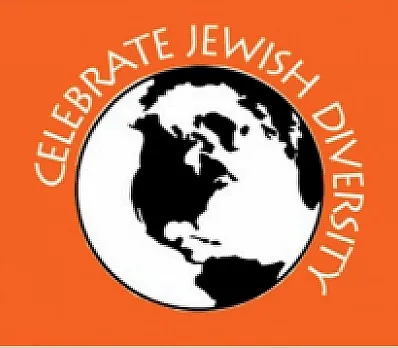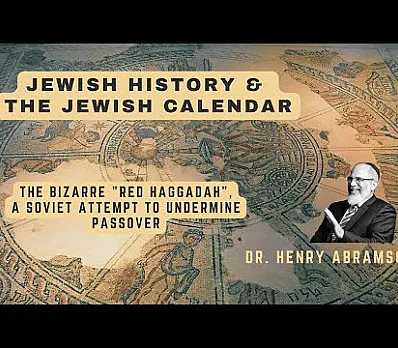The Seder Plate Meaning
The Meaning of the Seder Plate
- Maror — Bitter herbs, symbolizing the bitterness and harshness of the slavery the Hebrews endured in Egypt. In Ashkenazi tradition, either horseradish or romaine lettuce may be eaten in the fulfillment of the mitzvah of eating bitter herbs during the Seder.
- Haroset — A sweet, brown mixture representing the mortar used by the Hebrew slaves to build the storehouses or pyramids of Egypt. In Ashkenazi Jewish homes, Charoset is traditionally made from chopped nuts, grated apples, cinnamon, and sweet red wine.
- Karpas — A vegetable other than bitter herbs, which is dipped into salt water at the beginning of the Seder.Parsley, celery or boiled potato is usually used. The dipping of a simple vegetable bounces into salt water (which represents tears) mirrors the pain felt by the Hebrew slaves in Egypt.
- The shank bone represents the Pesach, the special lamb sacrifice made in the days of the Temple for the Passover holiday. It is called the pesach, from the Hebrew word meaning “to pass over,” because God passed over the houses of our ancestors in Egypt when visiting plagues upon our oppressors.
- Beitzah — A roasted hard-boiled egg, symbolizing the korban chagigah (festival sacrifice) that was offered in the Temple in Jerusalem as a symbol of mourning (as eggs are the first thing served to mourners after a funeral), evoking the idea of mourning over the destruction of the Temple and our inability to offer any kind of sacrifices in honor of the Pesach holiday.
Other items on the Table set
A bowl of salt water, which is used for the first "dipping" of the Seder, is placed on or beside the seder plate.
There is a plate of three whole matzot, which are stacked and separated from each other by cloths or napkins. The middle matzah will be broken and half of it put aside for the afikoman. Matza is flat bread and symbolises the yeast less bread that was eaten by the Hebrews after they were set free.
Over the years, Pesach has often been used as an occasion for political or social commentary yielding in some new, more modern additions to the seder plate.
- Orange — The orange represents the fruitfulness for all Jews when all marginalized peoples are included, particularly women and gay people. A common rumor says that this tradition began when a man told Susannah Heschel that "a woman belongs on the bimah as an orange on the seder plate". The more true story is a bit more complicated, but the new tradition seeks to repudiate the sexism and homophobia that has been ubiquitous in some Jewish communities.
- Olive - The olive represents our desire to extend an olive branch to Israel's neighbors in Palestine, so that the people in the middle east can find peace... and maybe even true friendship.
- Pickle (Cornichon)- While we seek and hope for peace in the Middle East, we also recognize that years of disagreements and varying world views often leave those in Israel and Palestine in a Pickle!
Inspired to create
your own Haggadah?
Make your own Haggadah and share with other Seder lovers around the world
Have an idea
for a clip?
People like you bring their creativity to Haggadot.com when they share their ideas in a clip
Support Us
with your donation
Help us build moments of meaning and connection through
home-based Jewish rituals.
OUR TOP CONTRIBUTORS
Passover Guide
Hosting your first Passover Seder? Not sure what food to serve? Curious to
know more about the holiday? Explore our Passover 101 Guide for answers
to all of your questions.






















